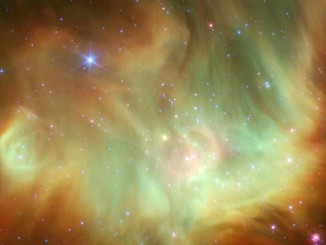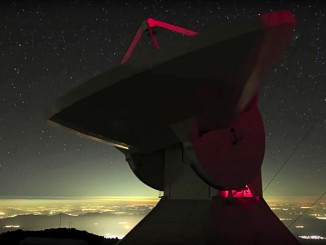
Magnetic fields in powerful radio jets from supermassive black holes
Supermassive black holes at the centres of galaxies can spawn tremendous bipolar jets extending over hundreds of thousands of light-years. A CfA study of the bright radio jet galaxy Pictoris suggests that bright X-ray emission from the jets is produced by rapidly moving charged particles in magnetic fields.









